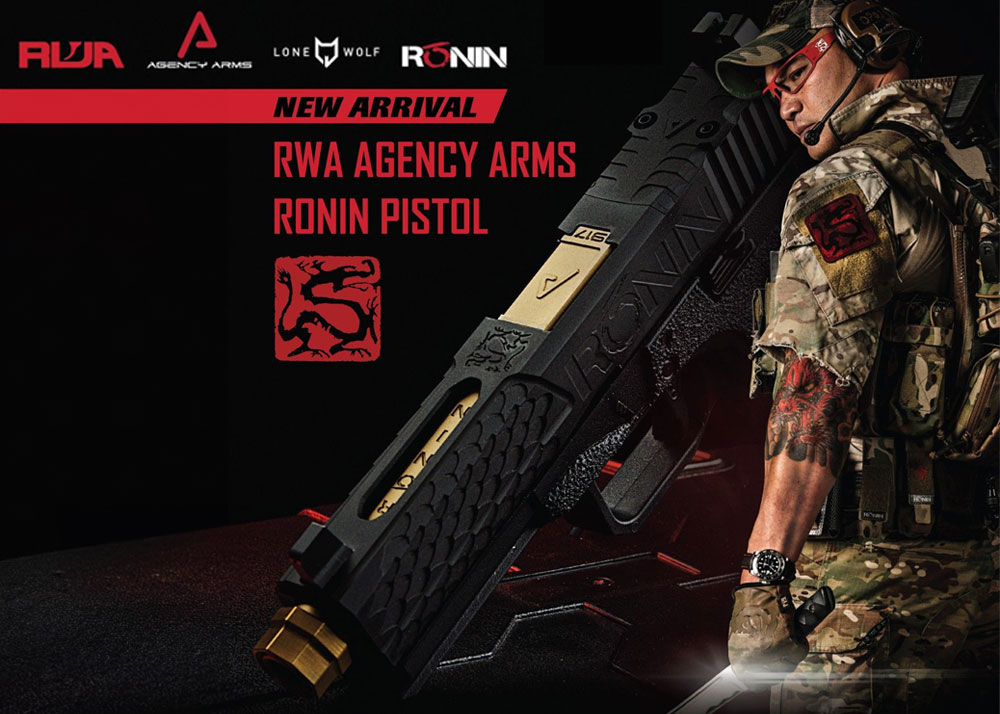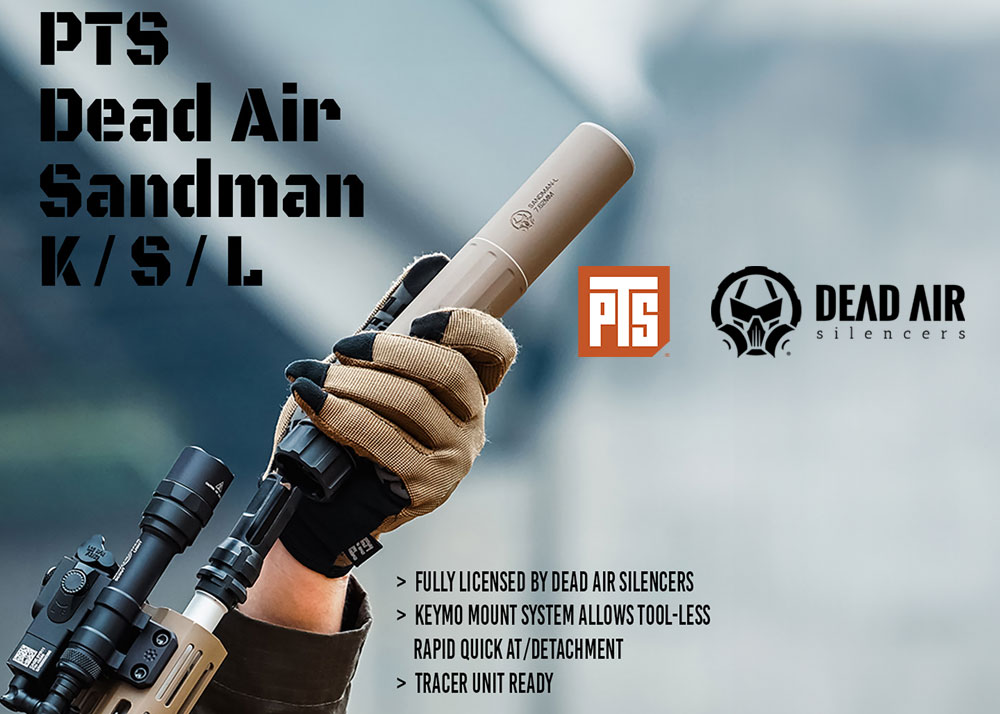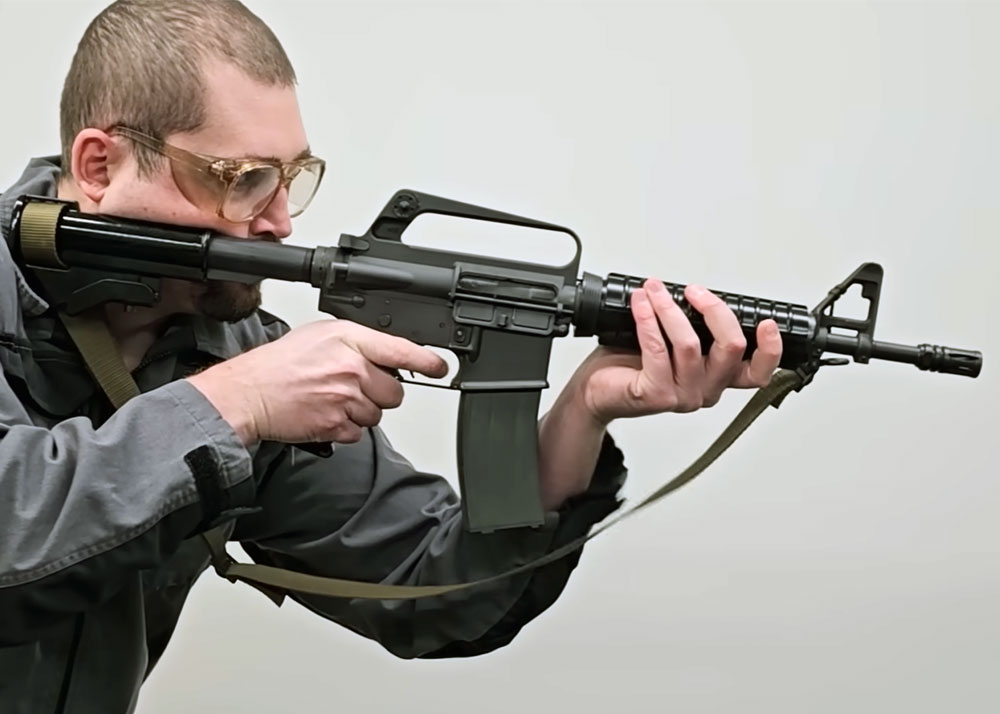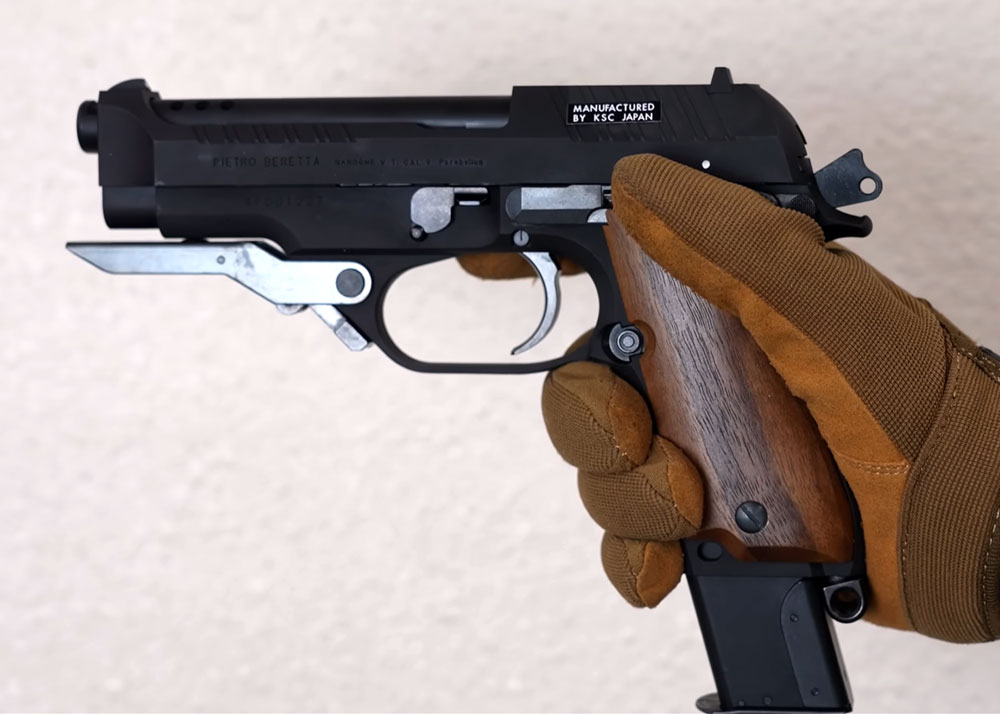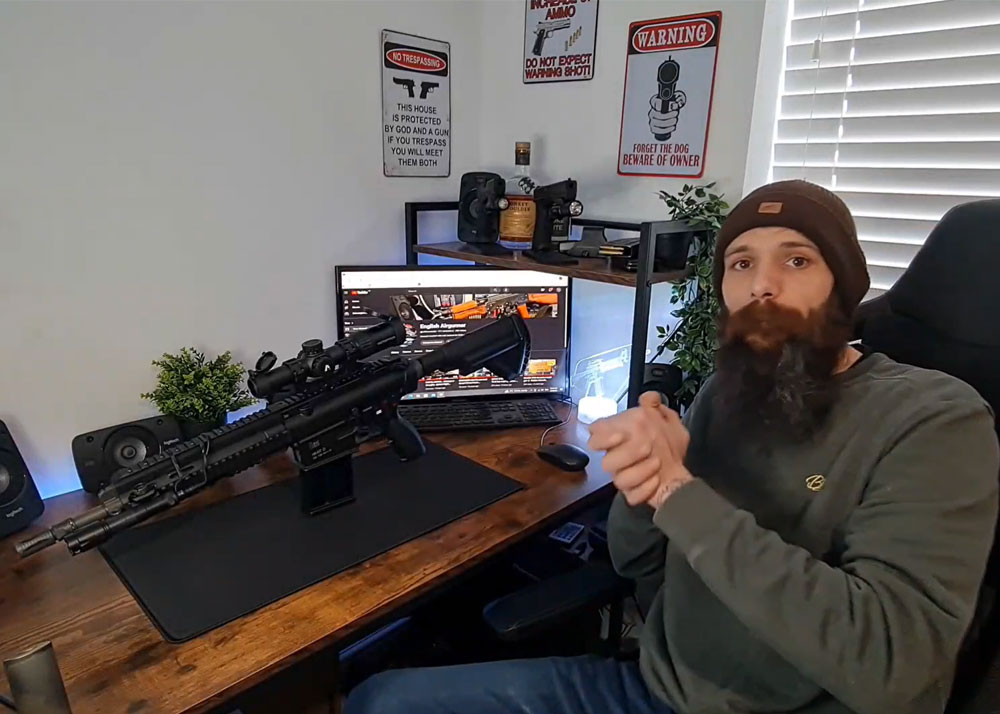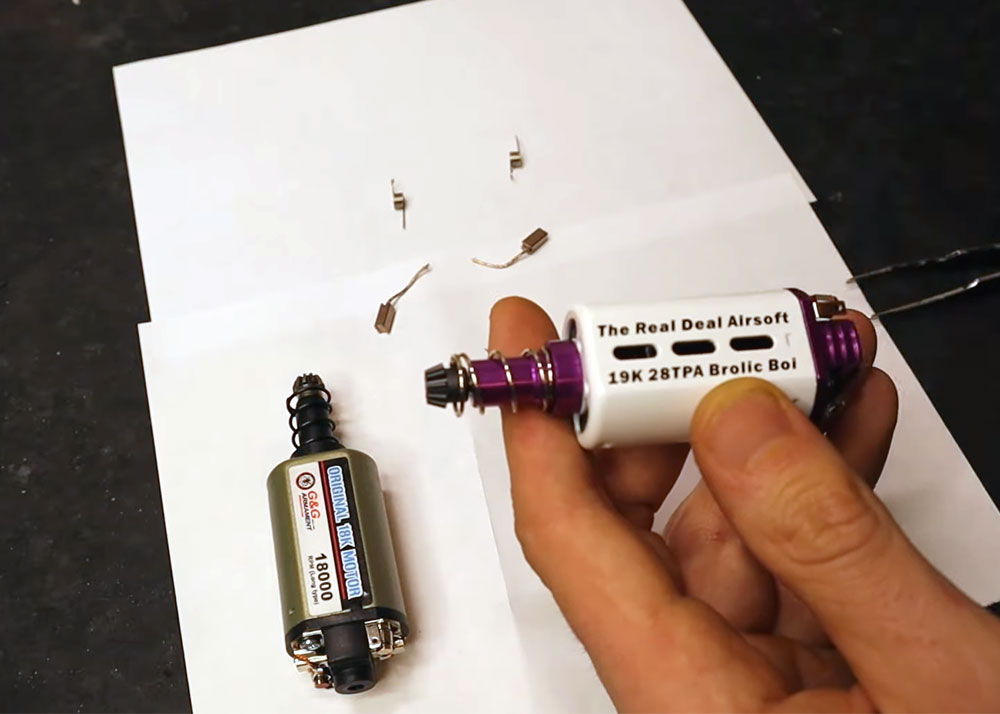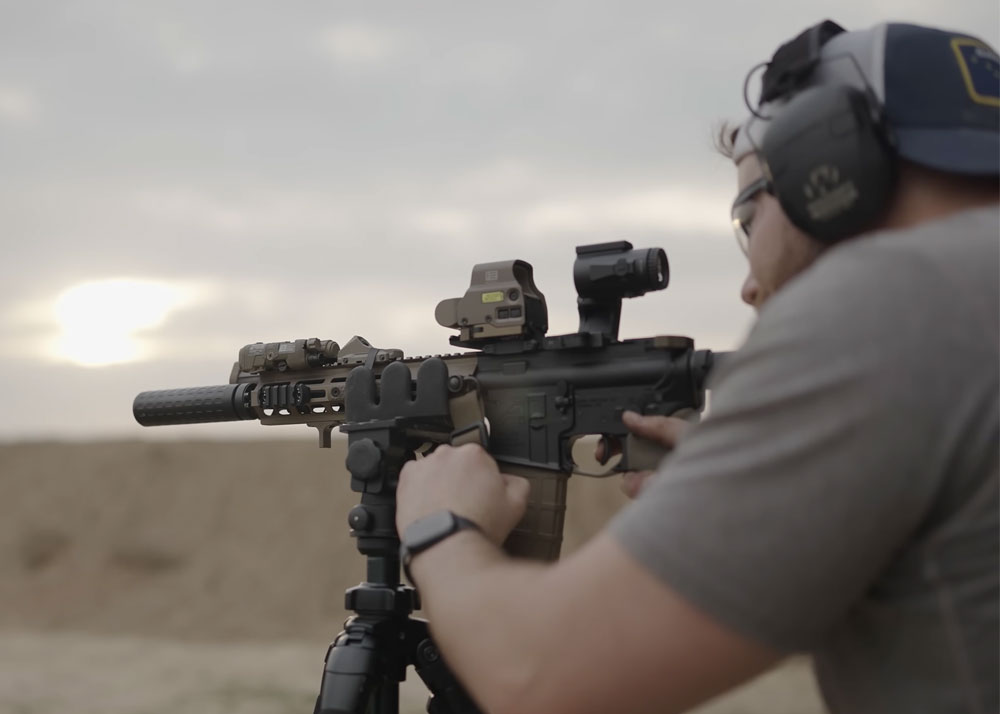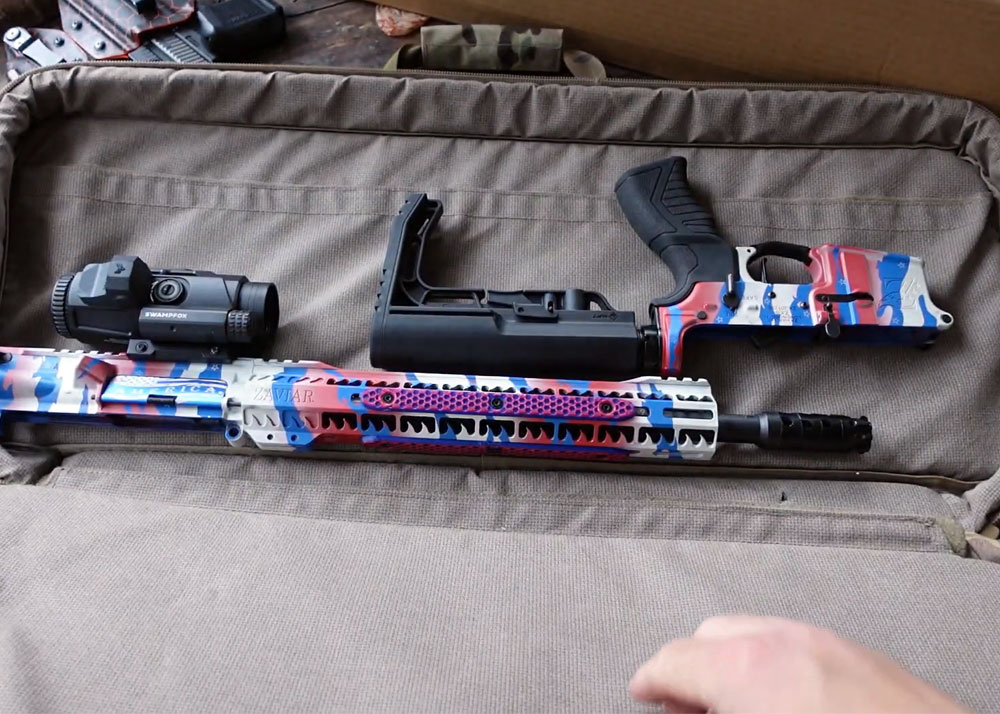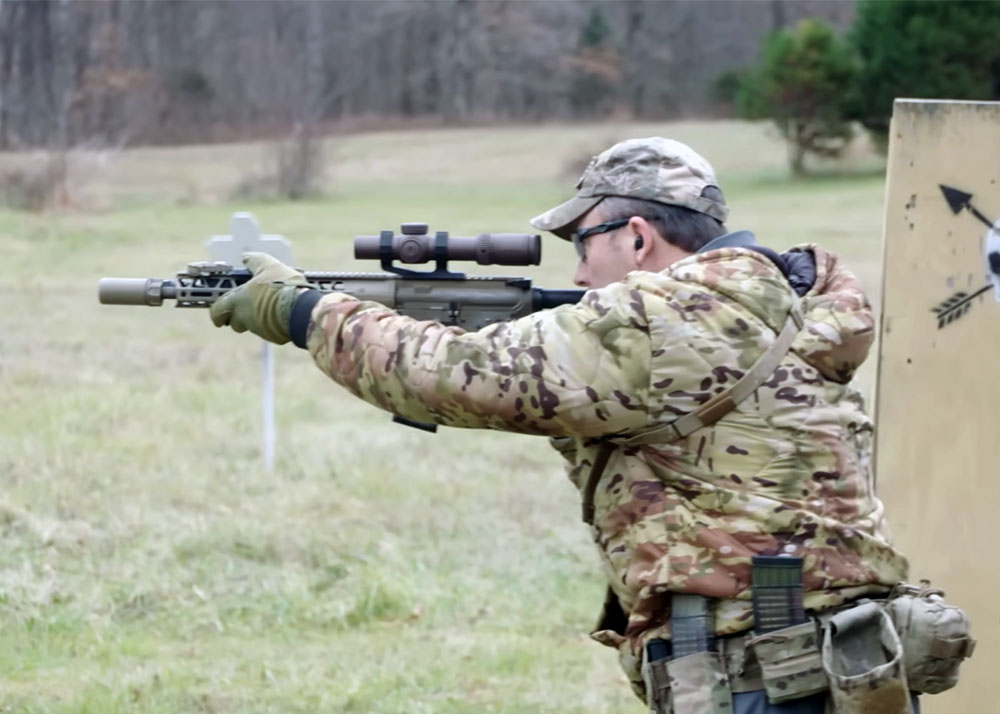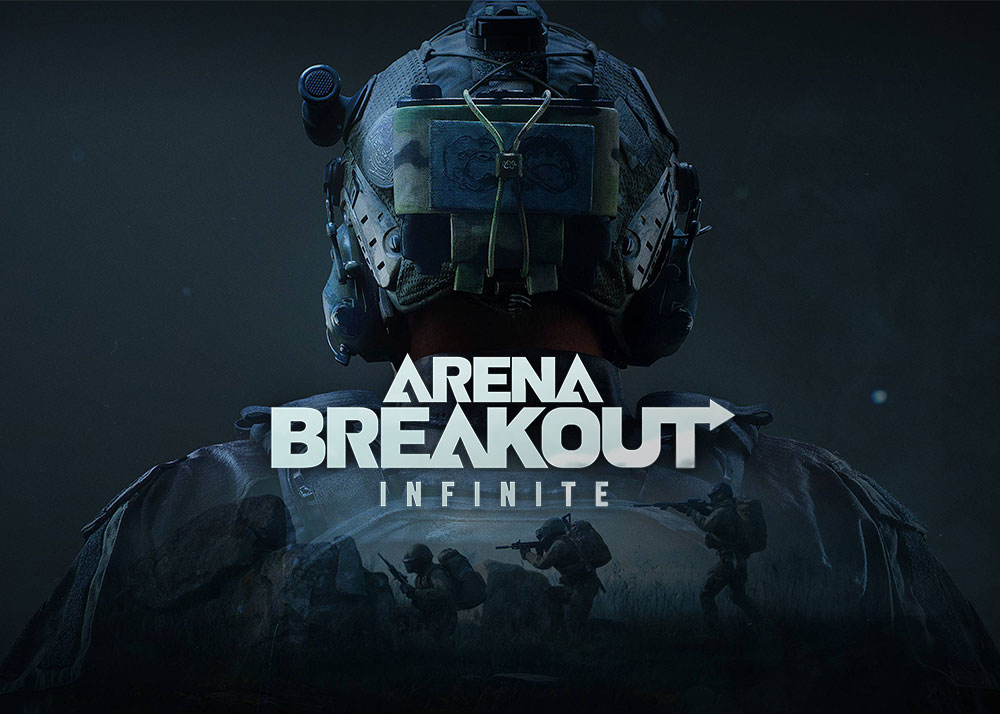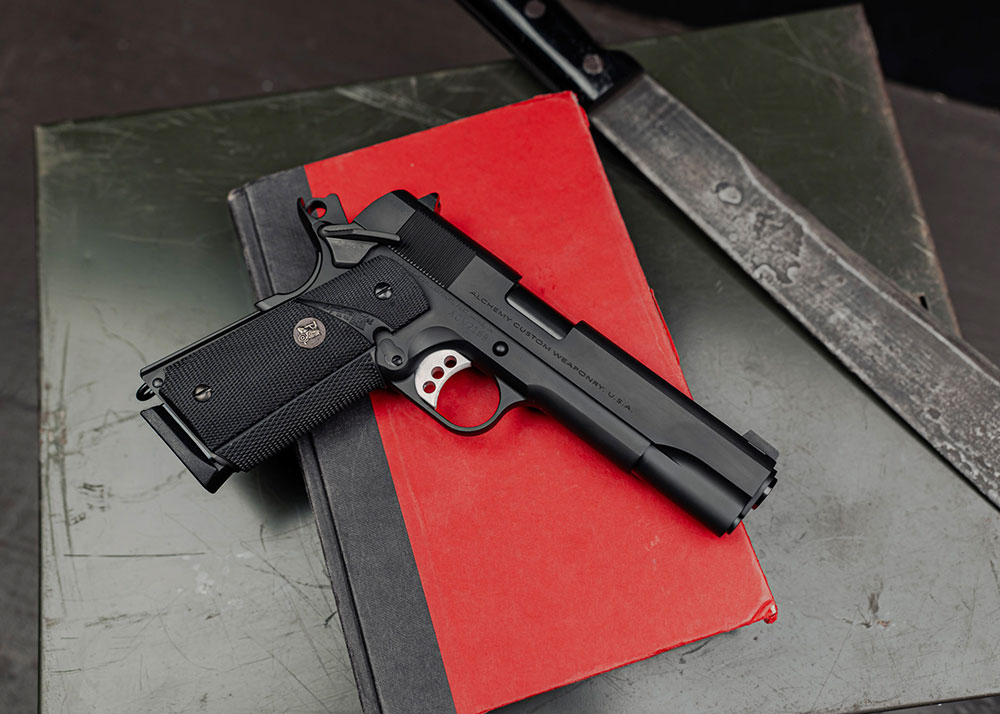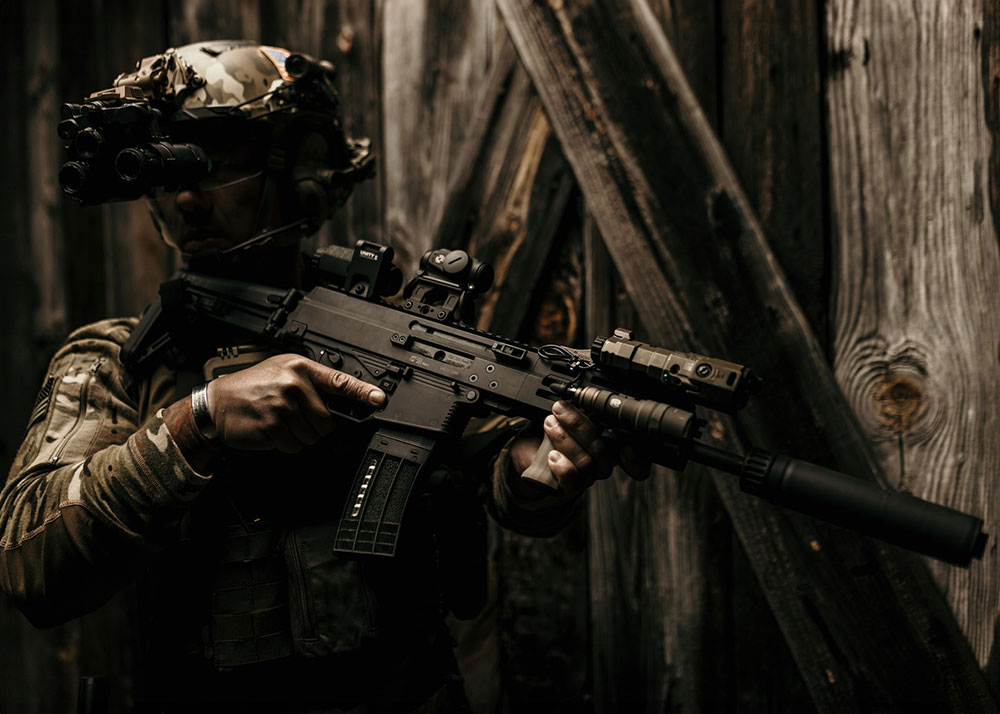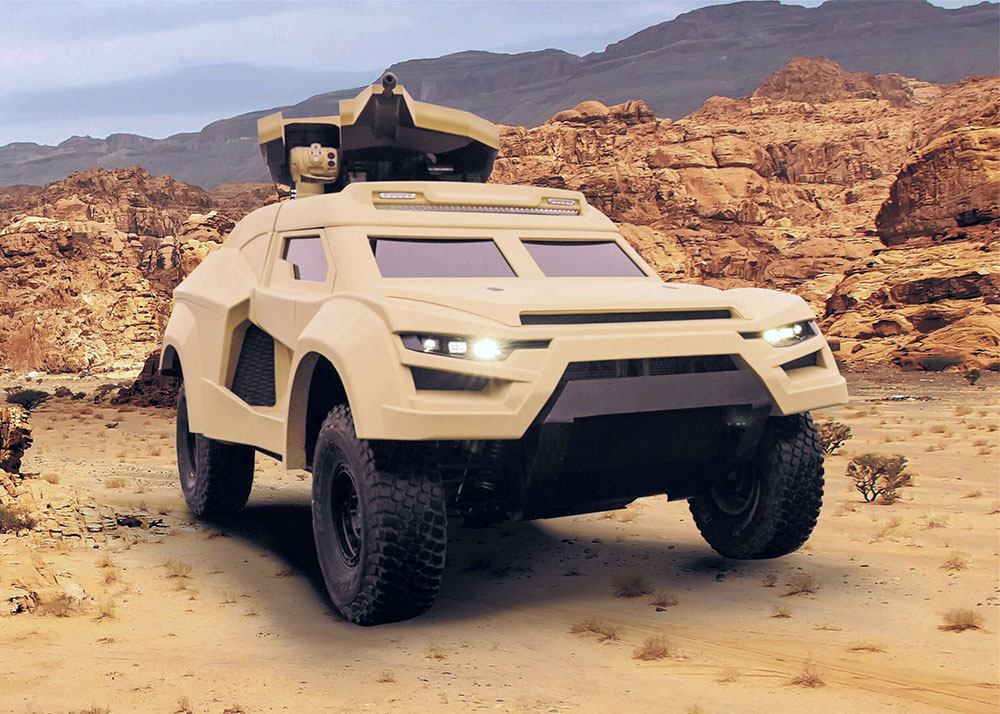50 Years Of Tokyo Marui Part 5: Entering The 21st Century
OptimusPrime
20 Nov 2015
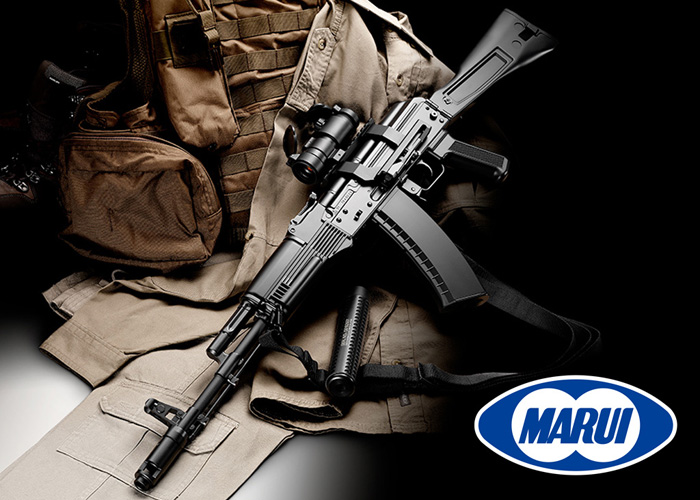
At the start of the new millennium, with their experience in building airsoft guns and RC toys, the company decided to put such experience together to release their first airsoft-firing 1/24 RC Type 90 Kyū-maru Main Battle Tank. This started the series of airsoft tanks which can fire airsoft BBs bullet ad sold over 100,000 pieces.
In the production of this airsoft battle tank, Mr. Shimamura again tells an interesting story:
“The Japanese Type 90 battle tank was developed and manufactured by Mitsubishi-Jyukou and the Japan Ground Self-Defense Force (JGSDF) and they offered drawings and materials for us. However, when we asked them about the color combination for the painting process, they answered they cannot tell because it is a national security secret. Until then, they could only offer us the drawings, but they couldn’t tell the paint. So, we needed to decide the color by ourselves.
With the release date fast approaching, the only time we can see the Type 90 tank was at the Fuji Live Firing Exercises conducted by JGSDF. Two executive officers went there with a color chart and bottled water. They waited for the opportunity to pour the water on the tank and compare the color chart to the color of the tank and find out the correct the color. Why pour the water on the tank? The tank was covered with mud during the exercise that it was difficult to identify the color, so we poured the water to wash the mud and reveal the color. We decided the airsoft RC battle tank Type 90’s by doing this. Nowadays, Marui supplies the JGSDF airsoft guns for training, but we experienced hardships with just identifying 'the color', it was funny."
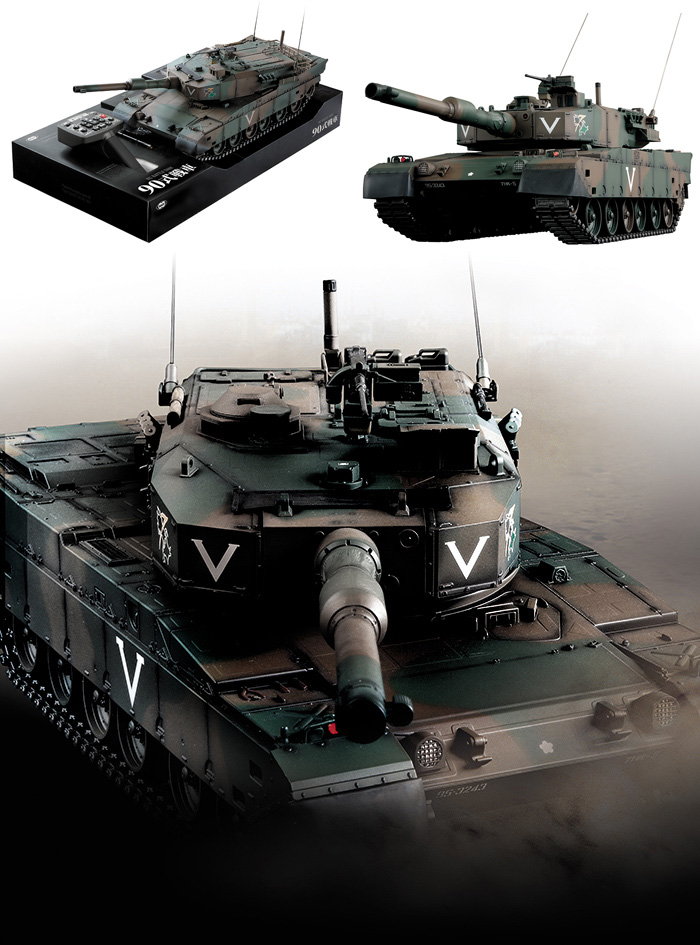
(Photos: Tokyo Marui 1/24 RC Type 90 Kyū-maru JGSDF Main Battle Tank)
The best selling airsoft sniper rifle series, the Tokyo Marui VSR-10, was first released in 2003. This is probably the most modified and upgraded airsoft sniper rifle as it is easy to upgrade it with many affordable and premium parts made by third party makers such as PDI. The VSR-10 uses a patented technology called the “support ring.” Until then, the bolt action needed much strength to pull the bolt, even for adult men, it required some extra power. Thanks to the ring, it became easy to pull the bolt. Before that, the image of bolt action rifles was that it was for expert; with the support ring, the image has been changed and anyone can find it enjoyable to fire a bolt action airsoft rifle. Everyone can obtain high hit probability with the sniper rifle just out of the box which can be purchased at a reasonable price. It has been a best-selling airsoft gun for a long time and it still sells well.
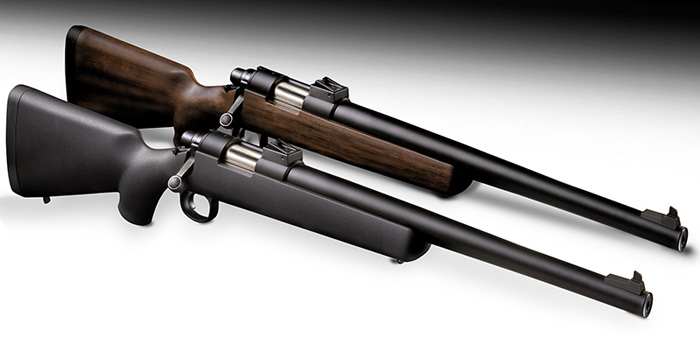
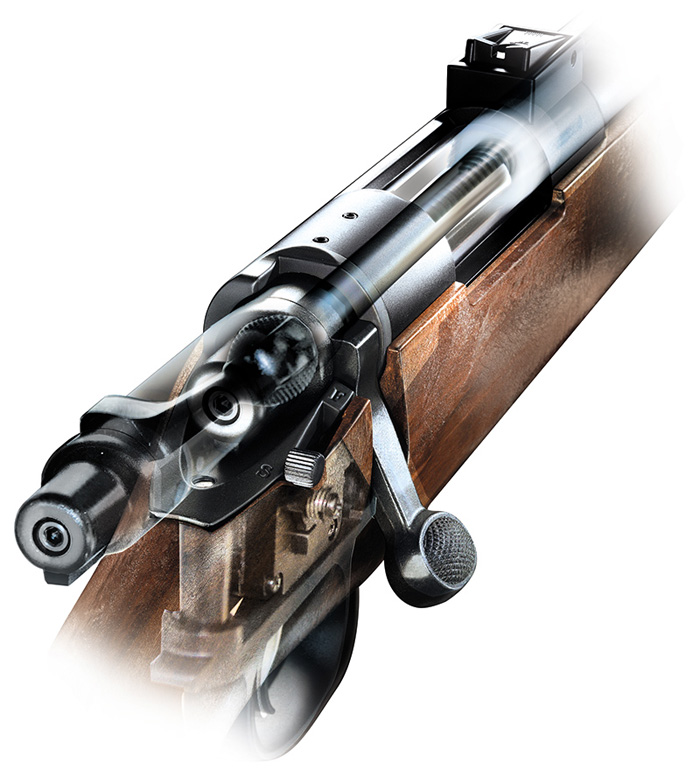
(Photos: Tokyo Marui VSR-10)
2004 saw the release of a compact Automatic Electric Pistol (AEP), the Glock 18C AEP, and they created another segment of the airsoft market that was followed by the M93R and the USP (10 years later, the M9A1 and Hi-Capa E Government AEPs were added to this line). Such compact electric gearboxes also paved the way for the development of the Tokyo Marui MP7A1 electric machine pistol in 2006.
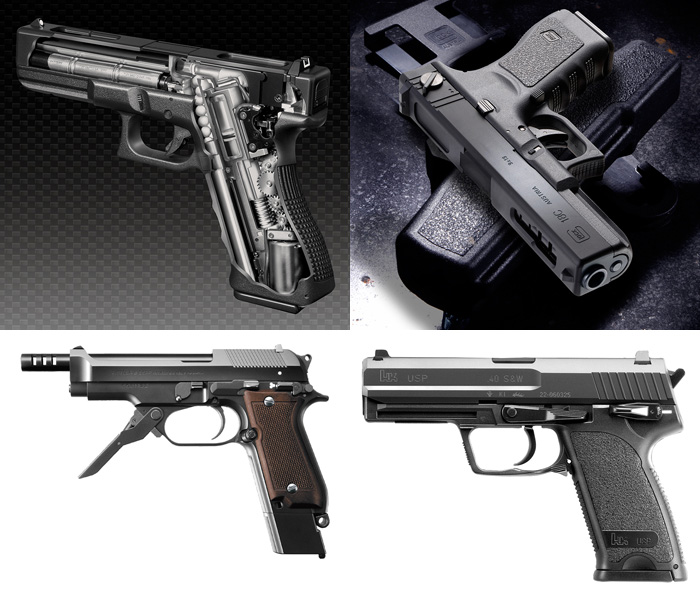
(Photos: Tokyo Marui Glock 18C, M93R & USP AEPs)
2004 saw the release of a compact Automatic Electric Pistol (AEP), the Glock 18C AEP, and they created another segment of the airsoft market that was followed by the M93R and the USP (10 years later, the M9A1 and Hi-Capa E Government AEPs were added to this line). Such compact electric gearboxes also paved the way for the development of the Tokyo Marui MP7A1 electric machine pistol in 2006 which was then followed by the Vz61 Scorpion and Mac 10.
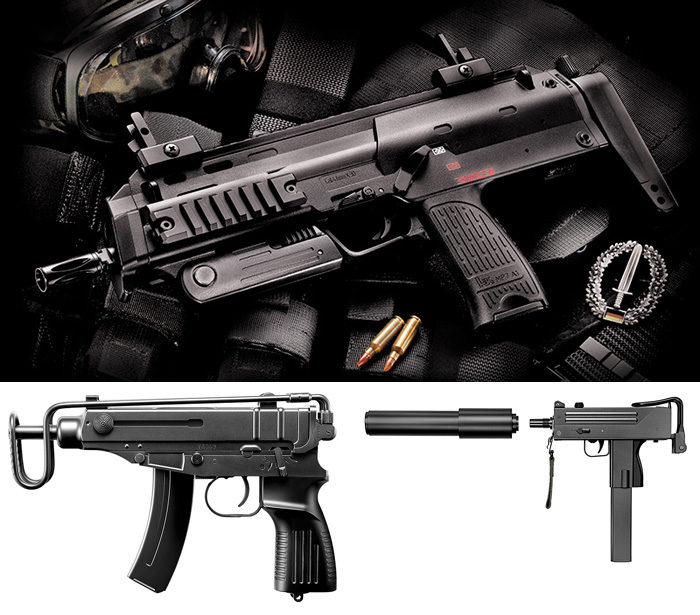
(Photos: Tokyo Marui MP7A1, Vz61 Scorpion Compact & Mac 10 Electric Machine Pistols)
With the popularity of airsoft now spreading out to many parts of the globe, more and more airsoft manufacturers were releasing Marui-compatible airsoft guns, many of which were outright copies of their products. All their gearboxes, called Version 1 (FA-MAS), Version 2 (M16, MP5, G3 and other compatible AEGs), Version 3 (SIG, G36, Steyr and other compatible AEGs), Version 4 (PSG-1), Version 5 (Uzi), Version 6 (P90/M1A1), Version 7 (M14), and Version 8 (Type 89) have been copied outright by most airsoft manufacturers. Also, cheaper Marui clones are coming out at a faster rate from Mainland China, flooding airsoft markets around the world with what many airsoft players call "craptastic" airsoft (also known as ACM "All China Made" Airsoft). Many people are now being introduced to airsoft due to such affordable, even if unreliable, airsoft guns.
Faced with such competition, Tokyo Marui had to do more innovation and be protective of its intellectual property. With the release of the Tokyo Marui AK74MN with the Recoil Shock Engine in 2007, they have introduced their globally patented electric blowback and recoil engine that set another standard in AEG design. For several years, Tokyo Marui, stood alone in new generation electric blowback and recoil AEGs with their premium line of AEGs. Only recently have other manufacturers began releasing their own versions of the electric blowback and recoil AEG, mainly KWA and Bolt Airsoft. Other major airsoft manufacturers have released AEGs with mainly blowback features, no recoil effect included.

Only Tokyo Marui have implemented this new generation AEG technology to different platforms apart from the AR, having it functioning in their new AK and G36 AEGs. 8 years have already passed since introducing the Recoil Shock Engine, the company remains unsurpassed in this technology as competitors trying to follow them in new generation AEG design remain stuck with AR-type platforms, unable to move on to other weapons platforms.
In 2007, the new limit in muzzle velocity for airsoft guns (below 0.98 joules) became effective in Japan. Once again, it decreased efforts at customizing airsoft games for an increase in power and range and more reliance on the hop-up system. Before that however, new users continued to modify the airsoft guns for power-ups leading to increasing incidents of airsoft guns misused, and “high powered dangerous airsoft” guns became widespread. Eventually, regulation to change muzzle velocity limits took place.
Airsoft guns that were 0.98 joules became banned as these could hurt people in Japan. According to Japanese authorities, over 0.98 joules is not airsoft, and will be considered as a “semi-air gun” without license.
When the muzzle velocity limit was decided to be set at 0.98 joules, there were rumors that floated around that it had been changed to be less than 0.4 joules or it will be 0.3 joules which later on were found to be false. The airsoft industry and users were really afraid of enforcing the rumored muzzle velocities. If legal muzzle velocity became “0.4J”, the airsoft industry might not have prospered to what it is now.
As a top airsoft manufacturer, Tokyo Marui often cooperated with the police and the Ministry of Economy, Trade and Industry (METI) and made sure that these were not rumors. Sometimes, Marui conducted experiments where the police and METI get invited to demonstrate how Marui cares about safety. In these occasions, they often discussed and conducted experiments about the value of regulations. As the result of their efforts, the legal velocity has been decided to be 0.98 joules which is approximately 325 feet per second.
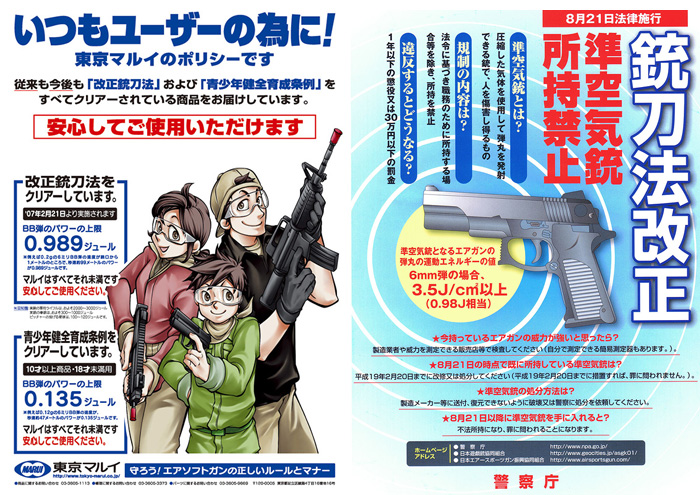
(Tokyo Marui Japanese Airsoft Law Posters)
With products that are over 0.98 joules considered as semi-air guns by law, conversely, a product less than 0.98 joule product was recognized as airsoft gun (Hobby items). To play safe at less than 0.98 joules with an airsoft gun is sort of winning an endorsement from the government. Airsoft makers, including Tokyo Marui, belonged to the ASGK (Japan Airsoft gun association) and have been selling airsoft guns that fire at less than 0.98 joules by self-regulation even before the new regulation was decided in 2007. When the new regulation took effect, they smoothly adapted. For the airsoft industry, this regulation has contributed to preventing airsoft players from doing reckless custom power-ups.
Owing to regulation change, airsoft makers that break the law and shops who sold parts for power-up modifications gradually closed shop.
Before the new regulation, Marui had the idea of the Next Generation AEG which has a recoil unit. However, no one was interested in this idea as most were interested in doing upgrades for power-ups and it was a status symbol amongst players to have a modified airsoft gun that shoots hard. With the new legal muzzle velocities for airsoft guns established, airsoft players couldn’t make modifications for power-ups. This development presented an opportunity for Marui to supply the “recoil shock” as the new way of playing, and many players were excited to use it.
After the regulation was established, airsoft survival gamers who recklessly played at riversides and parks were given cold treatment by the public. Airsoft incidents related to the regulation change were covered on TV everyday, and citizens who were not interested in airsoft began to form an image that airsoft is dangerous. Reports by citizens on airsoft players using parks and riversides started to increase leading to even worse image of airsoft. This forced many airsoft survival gamers to start going and paying to play at well managed airsoft survival fields. As of 2015, there are over 200 survival fields in Japan and it’s very common to pay and play on these managed fields.
With such success in the airsoft market, Tokyo Marui hasn't forgotten it roots of making model toys. Right after the introduction of the Recoil Shock Engine, they also released the Tokyo Marui Pro Z Train Set with a complete Diorama with buildings that have LED lighting.
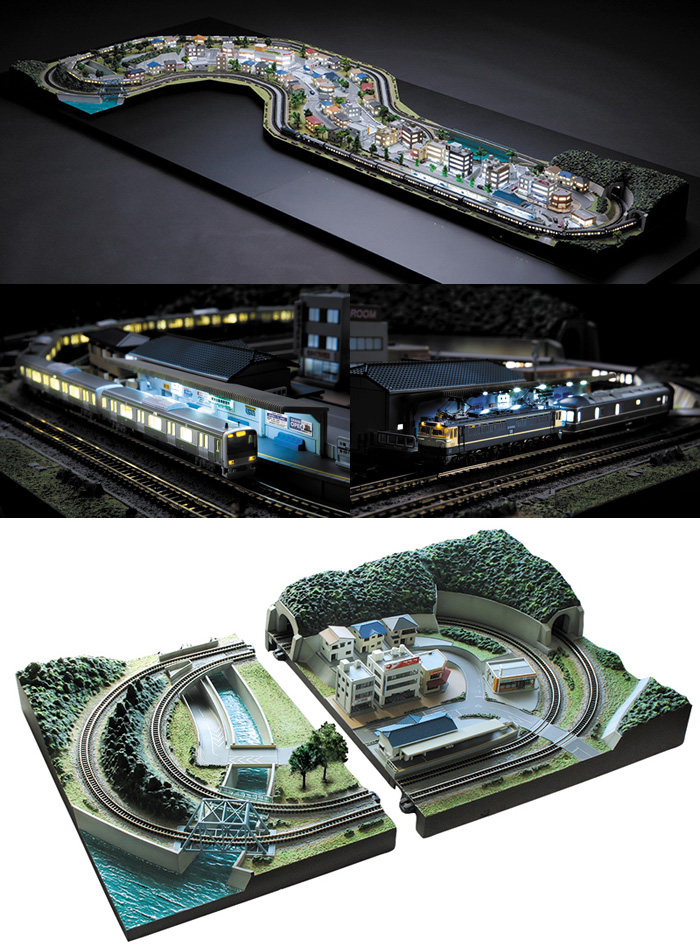
Pro Z was different from other train models as this kit makes it very easy to make a diorama even for the novice. There were panels to set up buildings and the trees just need to be put together. To reproduce “train is on" light inside to show continuous operation of the train whether running or stopped, daytime or night time, they developed the “always on light system.” This enjoyable realistic running scene is not seen in other competitors' train models.
By late 2008, the Recoil Shock series started to appear on the AR-type platform with the announcement of the Tokyo Marui M4 SOPMOD that they revealed during the 2008 All Japan Hobby Show. Also in this same event, they also introduced the full-auto only Hi-Capa Xtreme .45 Gas Blowback Pistol.
2009 saw the company releasing the Hi-Capa 5.1R Gas Blowback Pistol, together with the “GIN-DAN” series for young children --- the Police Pistol SS and Glock 26 that you can fire on semi-auto mode with 0.12g 6mm plastic BBs.
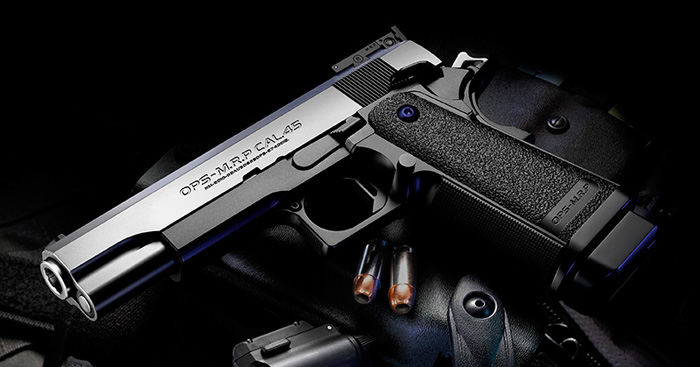
(Photo: Tokyo Marui Hi-CAPA R GBB Pistol)
In Japan, people under 18 years old can use airsoft pistols that are less than 0.135J (120fps). Tokyo Marui have made a strong effort to make less it than 0.135J airsoft since the beginning. They made available their extensive AEG BOYS series that are 85% of original model gun and kids can easily use these. There are also electric blowback and low-price air cocking models made for young people under the age of 18.
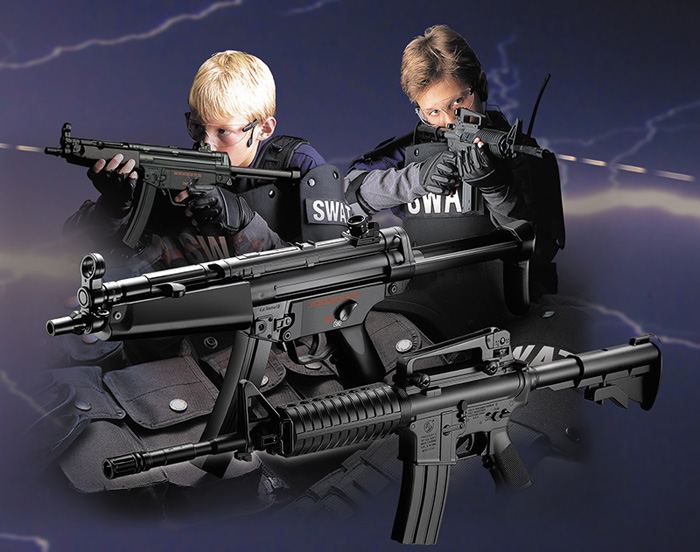
(Photo: Tokyo Marui BOYS AEG Series)
They are also low priced and making them affordable for the kids to buy and the pricing had not changed over 20 years. In recent years, those items had their prices increased. Even so, over JPY10,000 products are only a few. Even if the real guns where the design for the kiddie airsoft guns are based don't have certain safety systems, they decided to add such features, rounded the sharp parts, trimmed the weight for easy carry. They took the safety aspect of toy design very seriously.
Initially, boys buy the toy pistol “Gindama-teppou”, with the Gin-Dan it was designed as arranged it for modern version. It can be fired by finger cocking, and they released models in Red, Blue, and Green to defy conventional wisdom. Nowadays, the image of the generally-acknowledged airsoft gun was not good for parents, especially mothers, teachers and PTA (Parent-Teachers Association). To appeal to them, Marui released models in brighter colors instead of black and silver. Marui thought that if the color of the toy gun is bright, the children can easily ask their parents to buy them these airsoft guns.
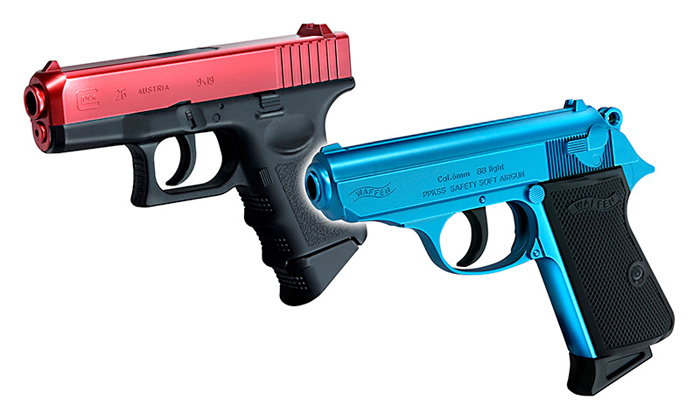
(Photo: Tokyo Marui "GIN-DAN" Series)
Mr. Shimamura told that the feedback from mothers and PTA was not bad. However, Marui had surprising feedback from children themselves. The letters from children reminded them to “Not look down on kids.” Although the feedback from parents and PTA became better, however, the kids rebelled against the color change “except black or silver color, it is not a pistol.” Marui never imagined this situation.
Tokyo Marui also introduced the IRC Swift Helicopters, also known with the "K-On!" co-branding that is based on Japanese comic strip series of a band of school girls joining a high school music club to prevent it from being disbanded. The Tokyo Marui IRC SWIFT Helicopters are equipped with co-axial Gyro that prevents the fuselage from turning around and maintain flight stability that were made by Maruta Manufacturing. These are high performance IRC choppers with metal frames that are more solidly built than those made by the competition which were mainly made of foam.
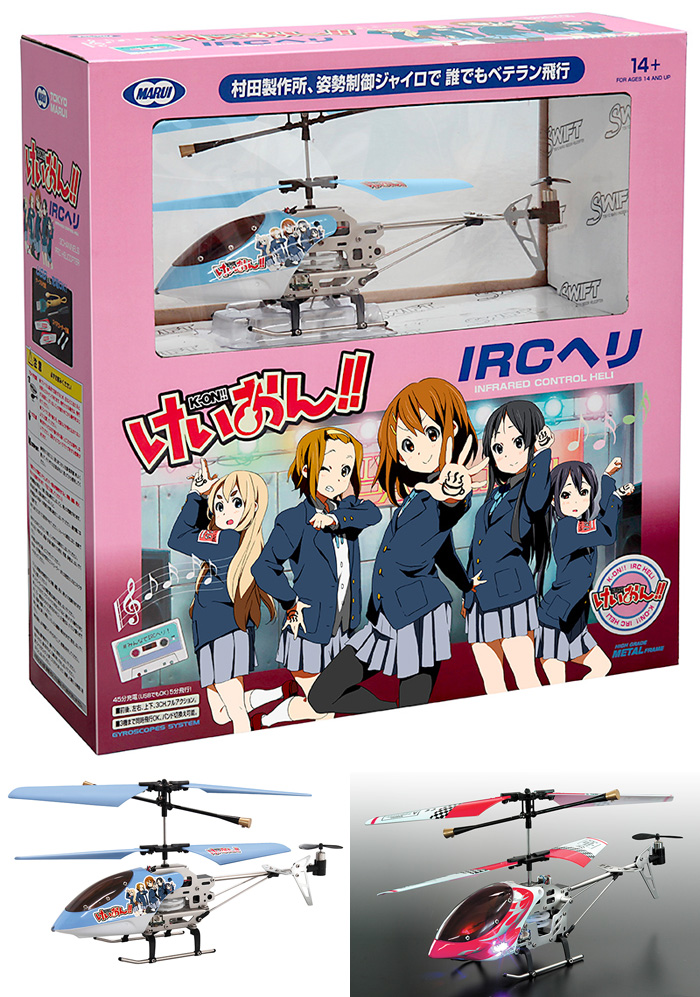
(Photos: Tokyo Marui IRC Swift Helicopters "K-On!")
The SWIFT became a massive hit for the company, and this led the boom in helicopter toys. But soon the market for these toys got flooded with a lot of copies of various sizes and types from overseas.
Marui’s success is by now, is more synonymous to airsoft rather than model toys.
Also in the same year, they released the Custom High Cycle Series, starting with the MP5A5 HC and G3 HC AEGs. Normally, an AEG shoots 15 rounds per second, but the HC AEG can shoot 1.5 times faster than normal AEGs at 25 rounds per second. With the High Cycle AEGs having high rate of fire (ROF) they became favorites for use in indoor airsoft Close Quarter Battles (QCB).
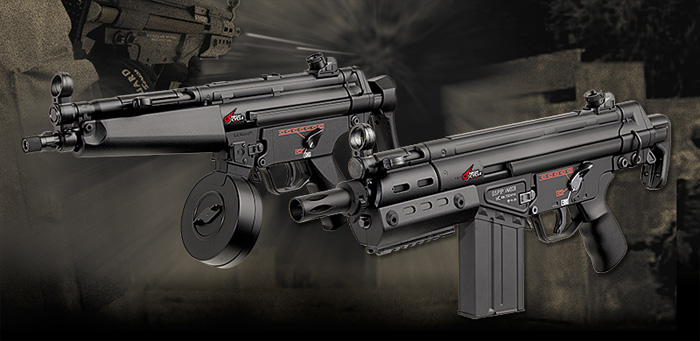
(Photo: Tokyo Marui Custom High Cycle G3SAS & MP5A5 AEGs)
In 2010, the company built the zero-emission "Eco-scooter". This is an electric scooter that is aimed at reducing CO2 emissions, making an eco-friendly mode transportation. This was available in three models: Type X, Type S, and the more casual Type C which has also three versions. However, the demand for electric scooters in Japan did not increase that they decided to withdraw from this market in October, 2012.
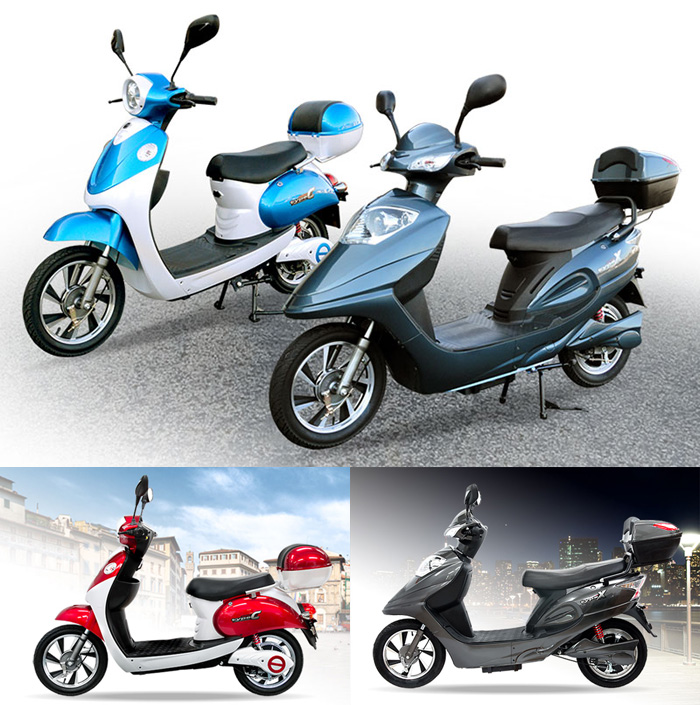
To be continued... Tomorrow, read about the 20 years of the AEG.
- Read: 50 Years Of Tokyo Marui Part 1: The First Ten Years
- Read: 50 Years Of Tokyo Marui Part 2: Model Cars & Model Cap Firing Guns
- Read: 50 Years Of Tokyo Marui Part 3: The Company Bets On Airsoft
- Read: 50 Years Of Tokyo Marui Part 4: 1991 - The AEG Revolution Starts
- Read: 50 Years Of Tokyo Marui Part 6: 20 Years Of The AEG & Going Strong

